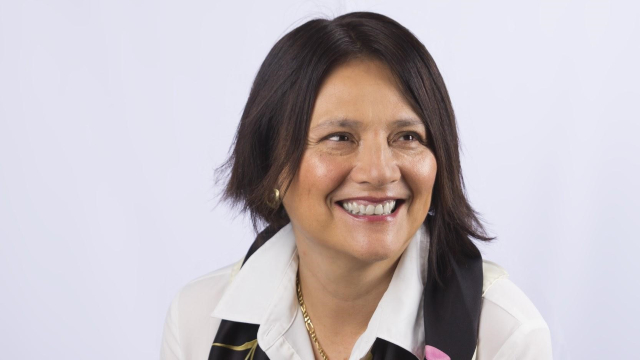1740 results found
Featured results



More results
‘Revitalising infrastructure investment’ was a focus at the recent G20 FMCBG meeting, and GI Hub-led work on sustainable investment and public infrastructure spending was endorsed.
The G20’s Global Infrastructure Hub has welcomed the Australian Government’s commitment in the 2017 Budget to building more infrastructure across Australia.
This article examines what trends like slowing globalisation, trade wars, politicisation of trade, and 'friendshoring' mean for infrastructure.
Our co-authored article with the Wilson Center explains how emerging and developing economies can create an enabling environment for private investment by de-risking at the country level
To mark International Women’s Day 2023 we invited infrastructure students from University College London to quiz GI Hub leaders on how innovation and technology can advance gender equality.
The main point of this report is to provide quantitative evidence of how improving utility management and more accurately targeting smaller subsidies would free up enough resources to make the needed investments and operate the sector at a lower cost.


The Zaragoza Tramway system is 12.8km long, has 25 stops, two inter-modal parking garages and two depots, one of which is used as a main central terminal building.


The project covers four towns around the county, benefiting 13,300 households and 126,300 people.After the implementation of the project, the average annual water saving is 21.58 million m3, and the water saving rate is 48.6%.
VIRNECT technologies help facilitate digital transformation in industrial sites. VIRNECT uses augmented reality (AR) to allow remote collaboration among multiple industrial sites in different locations.
A Dedicated initiative co-curated by Small Island Developing States (SIDS) and CDRI partners to promote resilient, sustainable, and inclusive infrastructure development in SIDS

This study looks at the project practice in light of the strategy as declared in the sector paper. The main focus is on the first decade of the urban transport lending program (1972–82).

This report includes the analysis of global Information and Communication Technologies (ICT) and electronics value chains, an assessment of Ethiopia’s current and potential participation in these regional and global networks, and an analysis of the country’s competitive positions in specific segments of the sector.

This issue focuses on Urbanization and Infrastructure Development

The PPP Screening Tools is for preliminary screening of projects to determine their potential suitability for PPP procurement.

The Public-Private Infrastructure Advisory Facility (PPIAF) in collaboration with the Multilateral Cooperation Center for Development Finance (MCDF), Egyptian Ministry of Finance, African Development Bank (AfDB), Asian Development Bank (ADB), World Bank and the World Association of PPP Units and Professionals (WAPPP) will be hosting a series of webinars to provide valuable insights into PPPs.
The New South Wales (NSW) Government sought to upgrade a 155 km section of the Pacific Highway between Woolgoolga and Ballina. It adopted a d elivery partner model that repackaged the works and tender packages on a trade or activity basis, for a logical sequencing of works across the entire project.
Meet four women leaders who are transforming infrastructure development in Latin America.
The Global Infrastructure Hub (GI Hub) strives to be an organisation where the different backgrounds and perspectives of our people contribute to diversity of thought and approach, enabling us to better live our values and achieve our mission. This diversity includes gender diversity with an awareness of our particular ability to bring attention to the need for gender equality and inclusion in infrastructure.
This report analyses the barriers women face in the water workforce and provides a practical approach to advance gender diversity in the water sector.




 G20 Chair's Summary FMCBG Meeting 12-13 October 2022
G20 Chair's Summary FMCBG Meeting 12-13 October 2022










